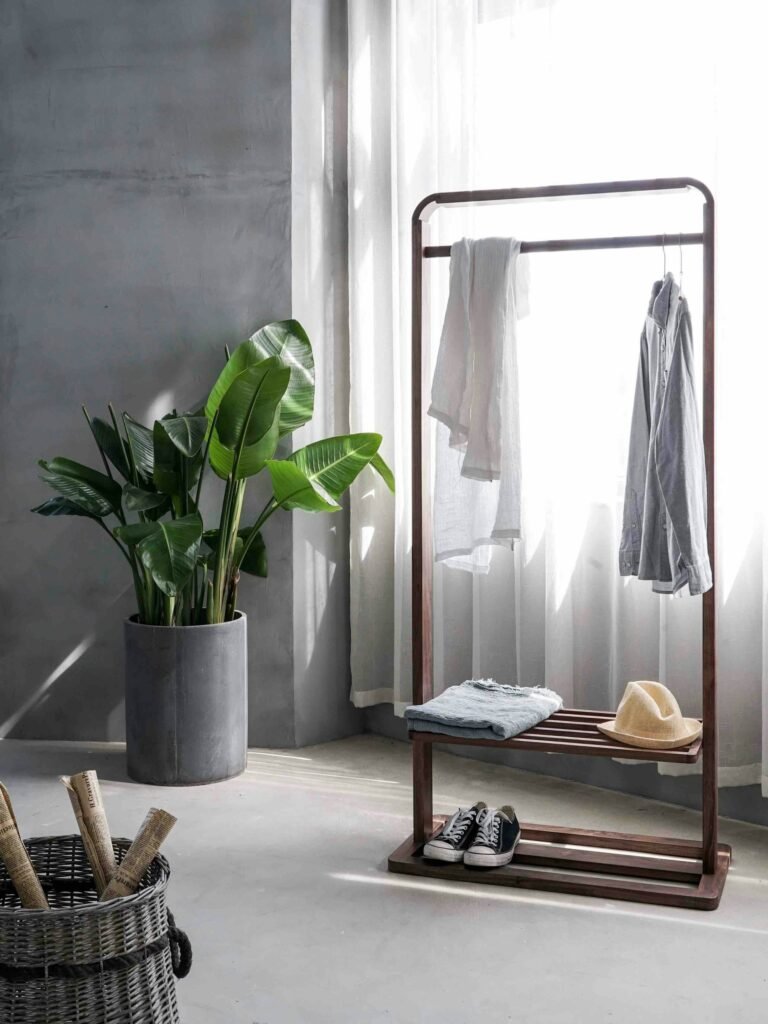Interior design is an art form that reflects personality, taste, and creativity. Whether you are renovating a space or starting from scratch, finding the right inspiration is essential. But where can you discover fresh ideas that resonate with your vision? In this article, we explore various sources of inspiration to help you craft stunning interiors that align with your aesthetic and functionality goals.
Nature: The Ultimate Design Muse
Nature has always been a powerful source of inspiration for designers. The rich colors, organic textures, and natural patterns offer endless possibilities for creating beautiful spaces.
a. Colors and Textures from Landscapes
Observe how nature blends colors harmoniously. From the earthy browns of a forest to the deep blues of the ocean, natural hues provide a perfect palette for any design project.
b. Organic Shapes and Materials
Using wood, stone, bamboo, and natural fibers in your design brings warmth and authenticity. These materials create a connection with nature while enhancing sustainability.
c. Light and Shadow Play
The way sunlight filters through leaves or reflects on water can influence your lighting choices. Consider how natural light interacts with a space to enhance its ambiance.
Travel: Exploring Global Inspirations
Traveling exposes you to different cultures, architectural styles, and design philosophies. Each destination offers unique influences that can be incorporated into your interior design projects.
a. Traditional and Cultural Influences
From Moroccan tiles to Japanese minimalism, global aesthetics can inspire eclectic or themed interiors. Observe local craftsmanship and regional materials to bring authenticity to your designs.
b. Historic Landmarks and Architecture
Visiting famous buildings, ancient ruins, and iconic structures provides insights into classic design principles. Take note of how historical elements blend with modern styles.
c. Street Markets and Artisan Crafts
Local markets offer unique textiles, handcrafted furniture, and artistic decor items that add character to your space. These one-of-a-kind pieces can become focal points in your design.
Art and Museums: A Treasure Trove of Creativity
Art galleries, museums, and exhibitions provide immense inspiration. They showcase different styles, color schemes, and creative techniques that can influence your interior choices.
a. Famous Paintings and Art Movements
Draw ideas from the color palettes, compositions, and textures used in paintings by renowned artists. Impressionism, abstract art, and realism all offer distinct aesthetic influences.
b. Sculptures and Installations
Three-dimensional art pieces inspire furniture arrangements, lighting designs, and decorative accents. Consider how sculptures interact with space to create depth and dimension.
c. Modern and Contemporary Art
Explore avant-garde art to embrace bold patterns, unconventional materials, and unique textures. These elements can add a contemporary edge to your interiors.
Social Media and Online Platforms
In the digital age, social media serves as a limitless source of design inspiration. Platforms like Pinterest, Instagram, and design blogs offer visually appealing ideas.
a. Pinterest Mood Boards
Creating a Pinterest board allows you to gather and organize design inspirations in one place. Pin images that resonate with your theme to develop a cohesive vision.
b. Instagram Influencers and Designers
Follow interior design influencers who share innovative ideas, styling tips, and product recommendations. Engaging with their content helps you stay updated on trends.
c. Home Design Blogs and Websites
Explore design websites for expert advice, home decor ideas, and DIY inspiration. Blogs often feature step-by-step guides and real-life transformations that spark creativity.
Interior Design Magazines and Books
Print media continues to be a reliable resource for interior design enthusiasts. Magazines and books provide detailed insights, professional advice, and curated inspirations.
a. Monthly Home Decor Magazines
Publications like Architectural Digest, Elle Decor, and House Beautiful showcase stunning interiors, latest trends, and expert interviews.
b. Design Coffee Table Books
Investing in high-quality design books offers long-term inspiration. They serve as reference guides with beautifully captured interiors and decor styles.
c. DIY and Renovation Guides
Books focused on DIY projects and renovations help you implement design ideas practically. They provide step-by-step instructions for enhancing your living spaces.
Architectural Landmarks and Public Spaces
Exploring urban landscapes and public spaces reveals design elements that can be adapted to residential interiors.
a. Hotels and Boutique Stays
Luxury hotels and boutique accommodations feature cutting-edge interior designs. Their aesthetic choices, materials, and layout planning inspire home design strategies.
b. Restaurants and Cafés
Dining establishments often embrace unique themes and decor styles. Their lighting, seating arrangements, and color schemes can be incorporated into home interiors.
c. Historic Buildings and Monuments
Classic architecture demonstrates balance, proportion, and elegance. Studying historical structures offers inspiration for timeless and sophisticated interiors.
Personal Experiences and Memories
Your own experiences, lifestyle, and memories contribute to a personalized interior design approach.
a. Family Heirlooms and Sentimental Items
Including meaningful decor items, vintage furniture, and family heirlooms creates a nostalgic and intimate atmosphere.
b. Hobbies and Interests
Designing a space that reflects your hobbies enhances comfort and creativity. Whether it’s a reading nook or an art studio, personalization makes a space feel truly yours.
c. Seasonal Inspirations
Seasonal changes influence colors, textures, and decor themes. Adapting your interior to the seasons keeps it fresh and dynamic.
Conclusion
Finding inspiration for interior design projects requires an open mind and a keen eye. By drawing ideas from nature, travel, art, social media, and personal experiences, you can create spaces that reflect your personality and lifestyle. Whether you prefer classic elegance, modern minimalism, or eclectic vibrancy, exploring these diverse sources will help you craft interiors that are both beautiful and functional.

